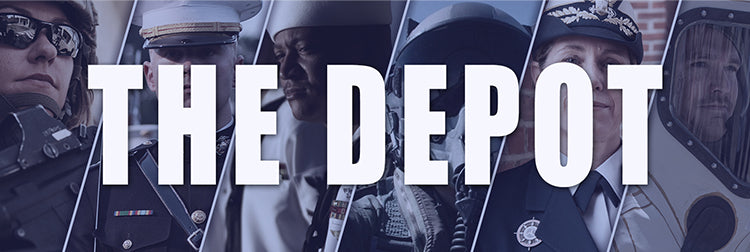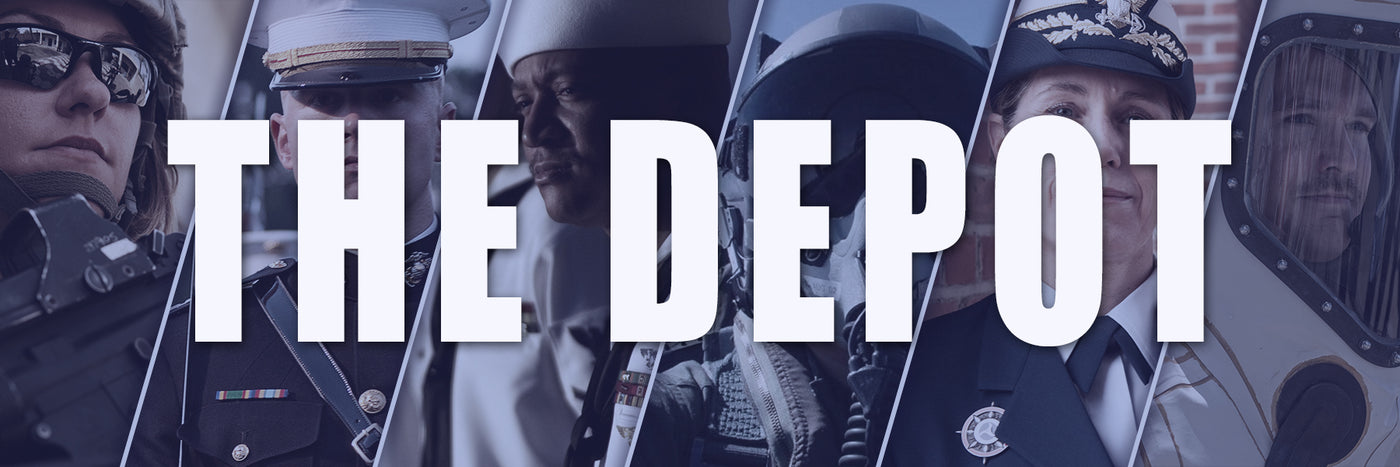
What Do The Navy Stripes on Sleeves Mean?
For those uninitiated in the complex, colorful world of naval uniforms, the sight of Navy stripes on sleeves might seem purely decorative. However, to comprehend the full extent of those...
Blog Staff |
ARMED FORCES SUPER STORE 1-877-653-9577 | 8 - 7 CST MON-FRI



For those uninitiated in the complex, colorful world of naval uniforms, the sight of Navy stripes on sleeves might seem purely decorative. However, to comprehend the full extent of those...
Blog Staff |